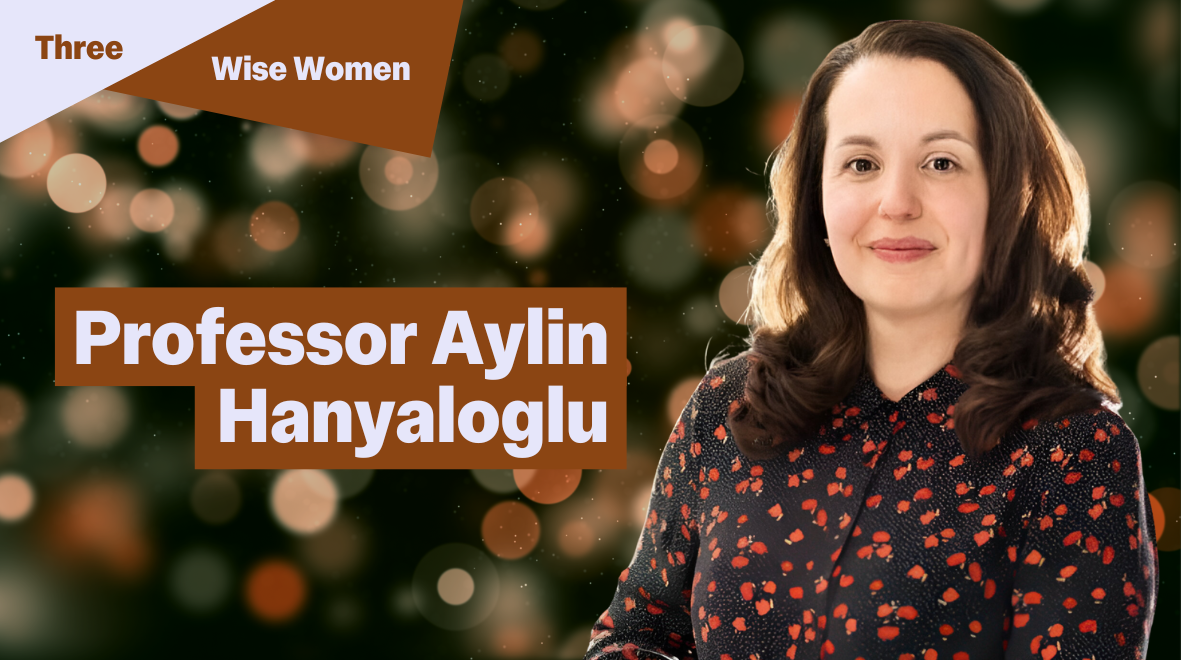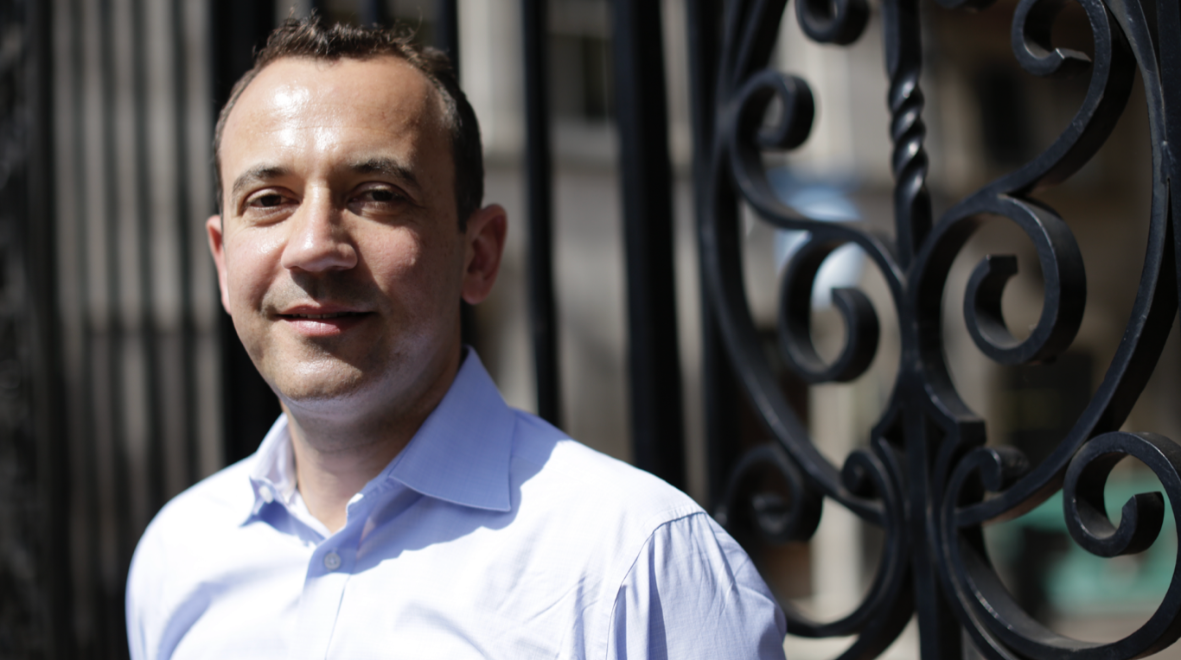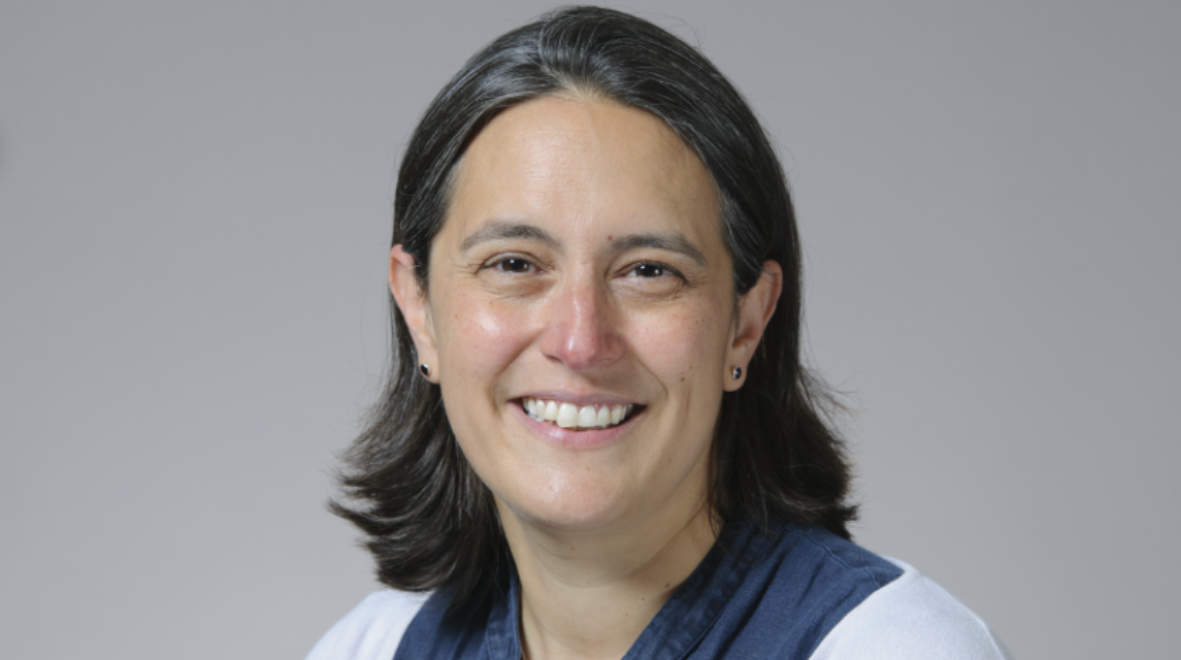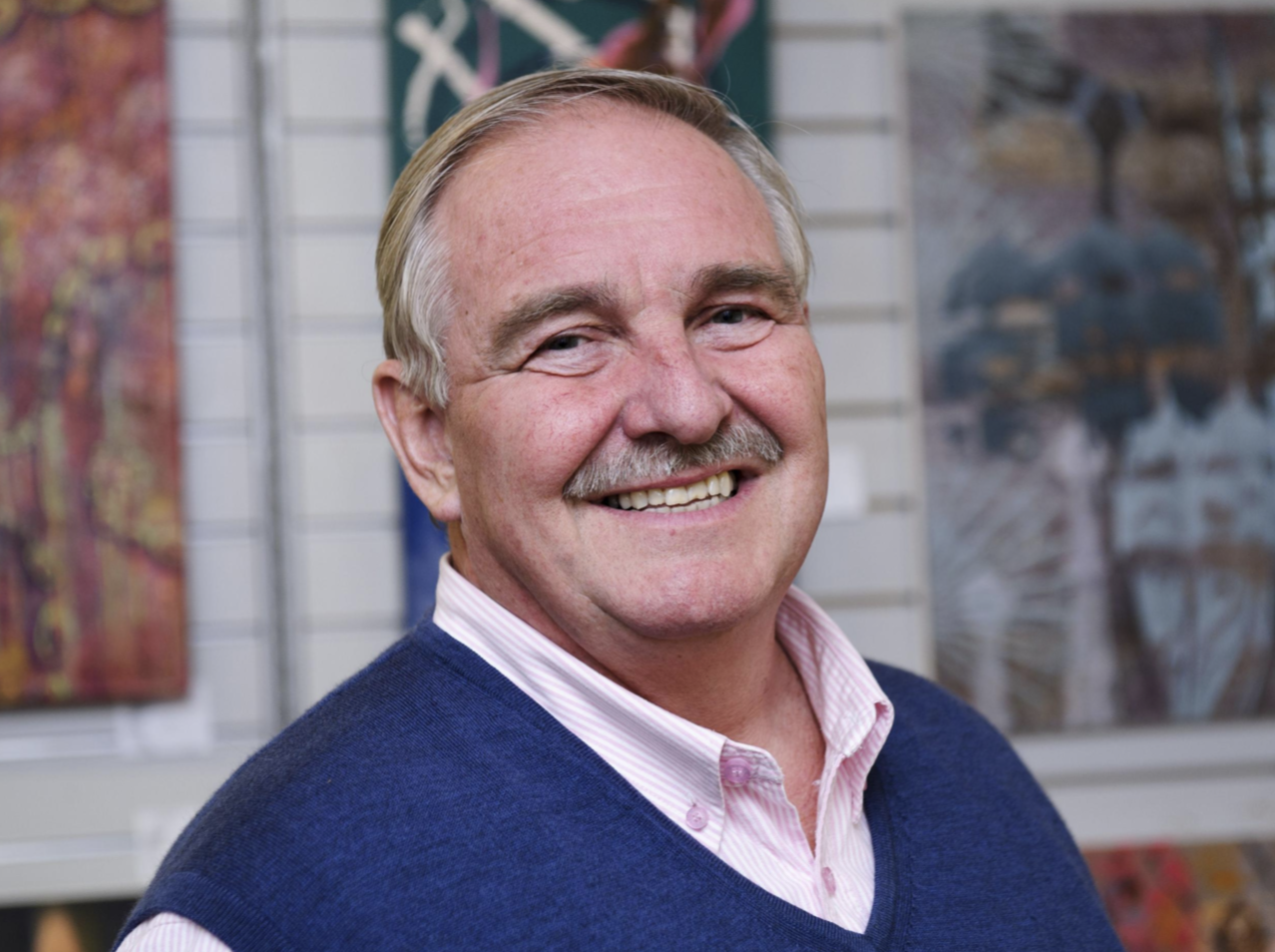
This festive period, Three Wise Women from the Faculty of Medicine will be giving us the gift of wisdom.
When cancer treatment ends, a new journey begins—one filled with unique challenges. Professor Pernilla Lagergren, Chair in Surgical Care Sciences at the Department of Surgery and Cancer, explores what life is like after cancer treatment. Drawing on her clinical experience with oesphageal and gastric cancer patients, she shares how her survivorship research is helping to shape better outcomes for patients, their families, and the healthcare system.
When people think about cancer, they often focus on the illness itself—the diagnosis, the treatments, and the fight to survive. But once the treatment ends, another important challenge begins: what happens after cancer? As a researcher in cancer survivorship, my focus is on understanding what life is like for people who have been treated for cancer, and how we can improve that life for them.
Here, I’ll explore the significance of cancer survivorship research, the insights we’ve gained, and what drives my commitment to this field. I‘ll also highlight how my work contributes to improving the lives of cancer survivors, supporting their families, and strengthening the healthcare system.








